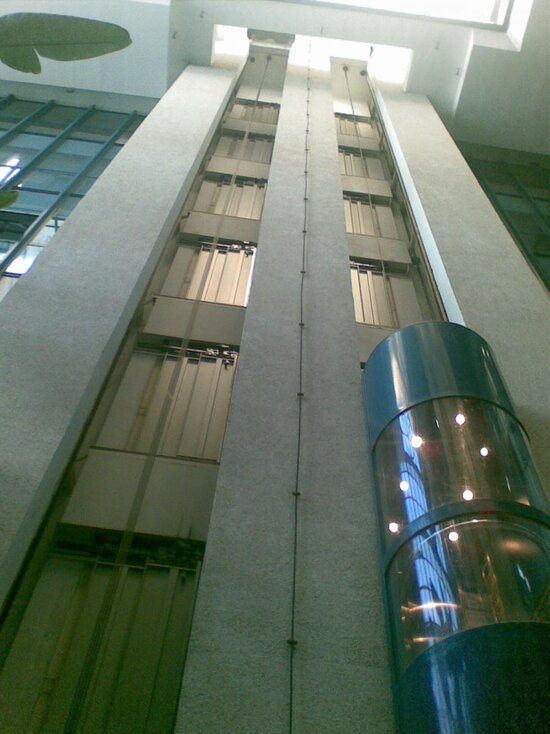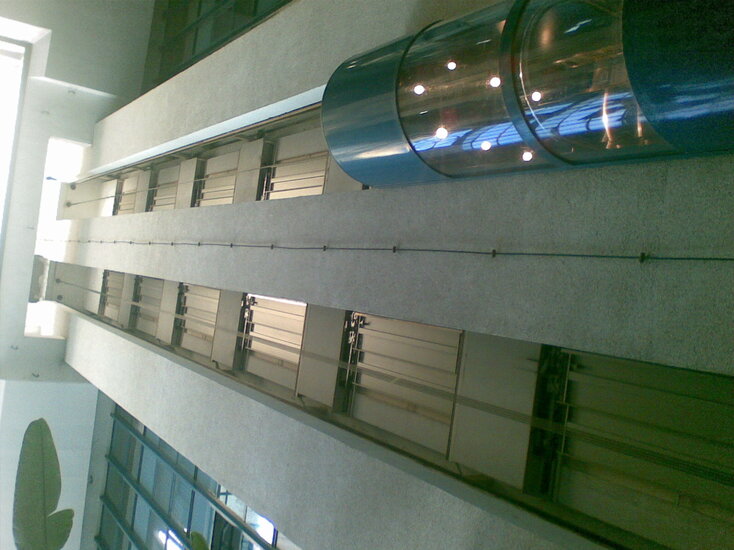G
Gibeltariq
I have a seven storey office building built about 25 years ago in which an Ionisation lightning protection was installed. This consists of a radioactive material at the the top of the finial and a single down conductor through the atrium of the building. Several buildings here have this system fitted and I am suspicious about its efficacy and have a two questions:
1. Does this system in any comply with BS for the installation of lightning protection?
2. Is the British Standard for Lightning protection retrospective?
3. What do the insurance companies think of the system?
I have a meeting with the Landlord with this subject next week and I would like to see this 'Ionisation' system replaced with the latest BS standard and it will expensive. Has anyone got any convincing arguments for installing an up to date installation?
1. Does this system in any comply with BS for the installation of lightning protection?
2. Is the British Standard for Lightning protection retrospective?
3. What do the insurance companies think of the system?
I have a meeting with the Landlord with this subject next week and I would like to see this 'Ionisation' system replaced with the latest BS standard and it will expensive. Has anyone got any convincing arguments for installing an up to date installation?










